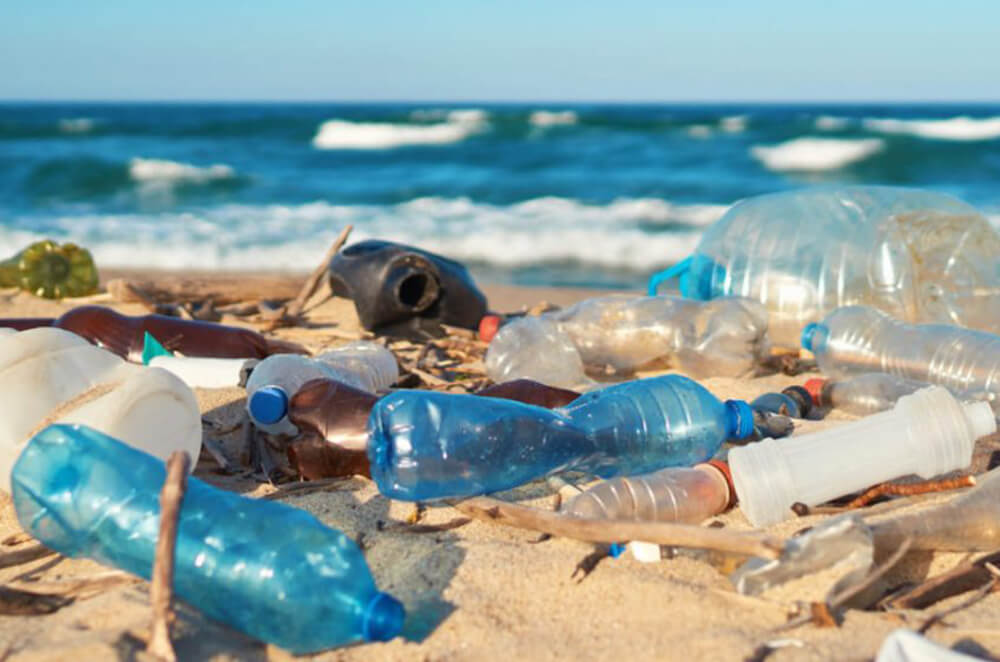When we think about how much our society relies on plastics and what that entails, what comes to mind may be the mountains of plastic waste we generate or the Great Garbage Patch that continues to grow in the Pacific. But the polluting impact of plastic on the environment actually starts long before then.
Plastic is made predominantly from petroleum, a fossil fuel; therefore, its production generates green house gasses which contribute to the climate crisis. And not in a small way: it’s estimated that, at the current rhythm, the emissions from plastic production could represent 19% of the total allowed by the Paris Agreement by 2040 to limit global warming to 1,5ºC.
It’s no surprise, then, that this year’s World Environment Day campaign is focusing on creating awareness around the urgent need to significantly reduce plastic production and use.
Taking on the problem with optimism
In spite of the seemingly unsurmountable size of the problem, we know there are ways to tackle it with optimism and pragmatism. In the words of environmental journalist and author José Luis Gallego: “Living without plastics is a utopian idea. There’s no need to be extreme; instead we should aim for what is truly possible, and that starts by joining efforts and using our common sense.”
We could in fact start by identifying the sectors and products that most require single use plastics and find ways to substitute it with more eco-friendly materials. Like the food industry, for example, where there is still a long road ahead when it comes to reducing the predominance of plastics.
Fortunately, scientific advances are working in our favor and new projects and ideas are quickly coming to light and becoming real alternatives for a plastic free future.
Truly green options
Molded pulp packagings, which are made from recycled paper, have for years been an excellent green option when it comes to the transport and packaging of foods like eggs and fruit, but also bottles. Not only are they biodegradable, molded pulp products also require less water and energy for their production, and generate less emissions, than regular paper products.
More recently other innovative alternatives have come into play. In Colombia, for example, a chemical engineering student used coffee waste to develop a new type of biodegradable bag with a ‘lifecycle’ of 3 to 16 days. Although it can’t be used for foods with high water content, it is a good solution for dried foods and other products.
Other young entrepreneurs, in this case from United Kingdom, France and Spain, developed a new material that is both biodegradable and edible. They named it OHOO: it’s a clear, flexible material made from algae — and it's also biodegradable in only 6 weeks. In contrast, plastics can take hundreds of years to breakdown and, when they do, they continue to pollute our waters and environment.
OHOO has already been put to the test in the world’s first plastic-free half marathon in London. For the Harrow race, runners were given water in a biodegradable OHOO sachet, from which they could drink, or simply swallow the edible sachet.
Researchers around the world continue to look for ways to substitute plastics, not only with innovative materials like these, but also with products made from recycled paper and carton which are already being used and can easily be integrated in a more mainstream manner into dozens of sectors that currently rely on plastics.

